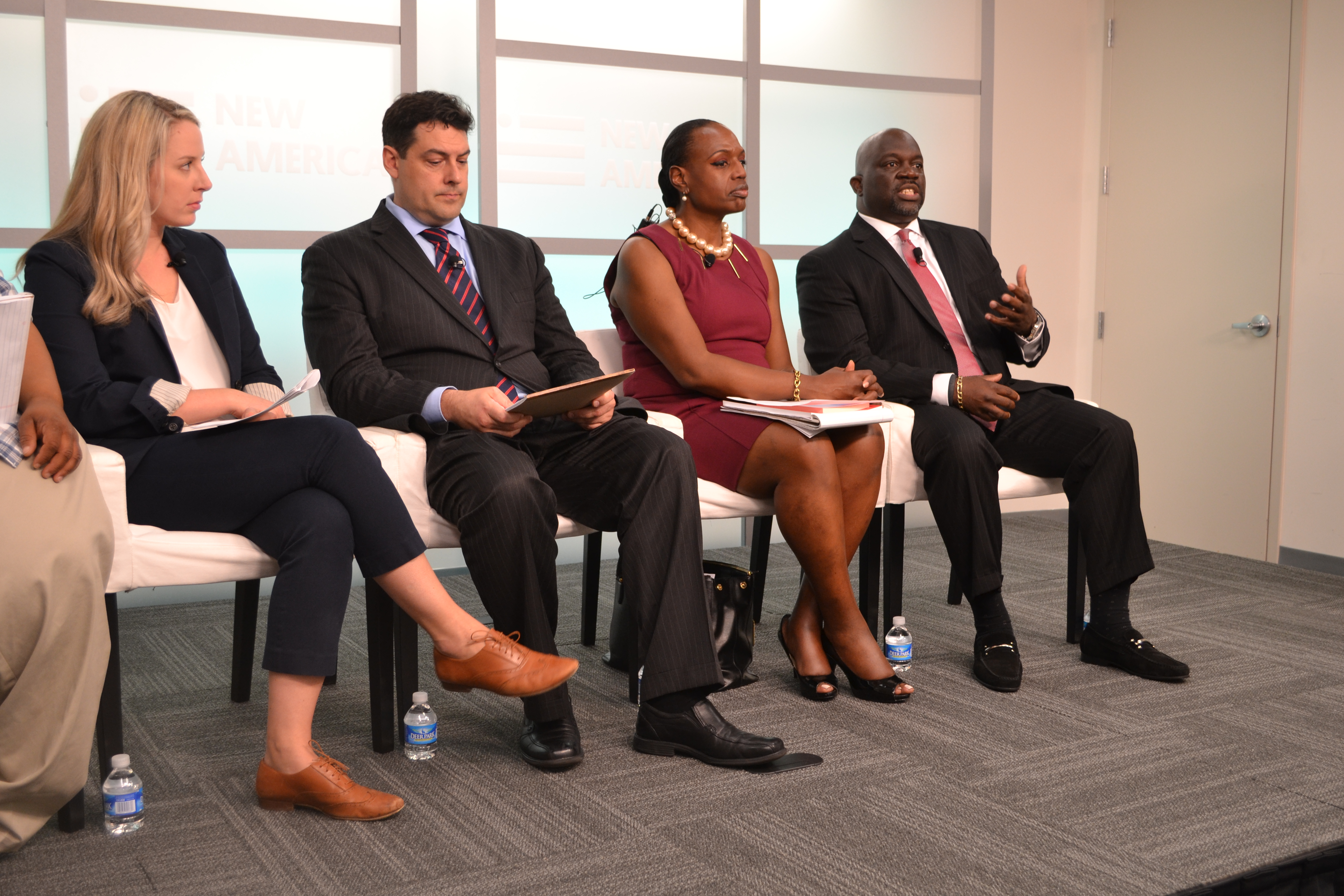|
Fear Of Crime
Fear of crime refers to the fear of being a victim of crime, which is not necessarily reflective of the actual probability of being such a victim.Hale, C. (1996)Fear of crime: A review of the literature International Review of Victimology, 4, 79-150. History Since the late 1960s, the study of fear of crime had grown considerably. In addition to rises in crime rates and experience, David Garland also notes the significance of high-visibility events in the 1960s US and 1980s UK as well as the drug-related crimes of the 1980s committed by people who were "often portrayed as desperate, driven and capable of mindless violence." Contributing factors While fear of crime can be differentiated into public feelings, thoughts and behaviors about the personal risk of criminal victimization, distinctions can also be made between the tendency to see situations as fearful, the actual experience while in those situations, and broader expressions about the cultural and social significance of ... [...More Info...] [...Related Items...] OR: [Wikipedia] [Google] [Baidu] |
Crime
In ordinary language, a crime is an unlawful act punishable by a State (polity), state or other authority. The term ''crime'' does not, in modern criminal law, have any simple and universally accepted definition,Farmer, Lindsay: "Crime, definitions of", in Cane and Conoghan (editors), ''The New Oxford Companion to Law'', Oxford University Press, 2008 (), p. 263Google Books). though statutory definitions have been provided for certain purposes. The most popular view is that crime is a Category of being, category created by law; in other words, something is a crime if declared as such by the relevant and applicable law. One proposed definition is that a crime or offence (or criminal offence) is an act harmful not only to some individual but also to a community, society, or the state ("a public wrong"). Such acts are forbidden and punishable by law. The notion that acts such as murder, rape, and theft are to be prohibited exists worldwide. What precisely is a criminal offence is def ... [...More Info...] [...Related Items...] OR: [Wikipedia] [Google] [Baidu] |
Public Criminology
Public criminology is an approach to criminology that disseminates criminological research beyond academia to broader audiences, such as criminal justice practitioners and the general public. Public criminology is closely tied with “public sociology”, and draws on a long line of intellectuals engaging in public interventions related to crime and justice. Some forms of public criminology are conducted through methods such as classroom education, academic conferences, public lectures, “news-making criminology”, government hearings, newspapers, radio and television broadcasting and press releases. Advocates of public criminology argue that the energies of criminologists should be directed towards "conducting and disseminating research on crime, law, and deviance in dialogue with affected communities." Public criminologists focus on reshaping the image of the criminal and work with communities to find answers to pressing questions. Proponents of public criminology see it as pote ... [...More Info...] [...Related Items...] OR: [Wikipedia] [Google] [Baidu] |
Criminology
Criminology (from Latin , 'accusation', and Ancient Greek , ''-logia'', from λόγος ''logos'', 'word, reason') is the interdisciplinary study of crime and deviant behaviour. Criminology is a multidisciplinary field in both the behavioural and social sciences, which draws primarily upon the research of sociologists, political scientists, economists, legal sociologists, psychologists, philosophers, psychiatrists, social workers, biologists, social anthropologists, scholars of law and jurisprudence, as well as the processes that define administration of justice and the criminal justice system. The interests of criminologists include the study of the nature of crime and criminals, origins of criminal law, etiology of crime, social reaction to crime, and the functioning of law enforcement agencies and the penal institutions. It can be broadly said that criminology directs its inquiries along three lines: first, it investigates the nature of criminal law and its ... [...More Info...] [...Related Items...] OR: [Wikipedia] [Google] [Baidu] |
Oxford Bibliographies Online
Oxford Bibliographies Online (OBO), also known as Oxford Bibliographies, is a web-based compendium of peer-reviewed annotated bibliographies and short encyclopedia entries maintained by Oxford University Press. History Oxford Bibliographies Online launched in 2010 following 18 months of research by Oxford University Press (OUP) on the way students and scholars accessed information. According to OUP, learning on a new topic was often hampered and confused by an overabundance of information that left people without a clear starting point. The launch version of Oxford Bibliographies Online covered four subject areas – Classics, Social Work, Islamic Studies, and Criminology – and cost US$29.95 per month to access for institutional subscribers. By 2017 it had grown to more than 30 subject areas. At its debut, it was described as "an Anti-Google" and a more authoritative and trustworthy alternative to "crowdsourced knowledge repositories like Wikipedia". Organization Oxford Bibli ... [...More Info...] [...Related Items...] OR: [Wikipedia] [Google] [Baidu] |
Under-reporting
Under-reporting usually refers to some issue, incident, statistic, etc., that individuals, responsible agencies, or news media have not reported, or have reported as less than the actual level or amount. Under-reporting of crimes, for example, makes it hard to figure the actual incidence of crimes. Under-reporting is a failure in data reporting. Crime Various estimates have been provided in relation to under-reporting of crimes across the world. According to the American Medical Association (1995), sexual violence, and rape in particular, is considered the most under-reported violent crime. Common reasons for individuals not reporting crime include fear of not being believed, insecurity, and fear of getting into trouble. These reasons are most common for not reporting rape. It is commonly assumed that most of the rape cases go unreported; some estimates go up to or above 90%. (See also Rape reporting.) Non-recognition of domestic violence may lead to under-reporting. Anti-LGBT+ ... [...More Info...] [...Related Items...] OR: [Wikipedia] [Google] [Baidu] |
List Of Unsolved Deaths
This list of unsolved deaths includes notable cases where: * The cause of death could not be officially determined following an investigation * The person's identity could not be established after they were found dead * The cause is known, but the manner of death (homicide, suicide, accident) could not be determined following an investigation * Different official investigations have come to different conclusions Cases where there are unofficial alternative theories about deaths – the most common theory being that the death was a homicide – can be found under: :Death conspiracy theories, Death conspiracy theories. Unsolved murders Unsolved deaths Ancient * The Younger Lady (25–35) is the informal name given to the mummy of a woman who lived during the Eighteenth Dynasty of Egypt (c. 1549 to 1292 BCE), and was discovered in the Egyptian Valley of the Kings in tomb KV35 by archaeologist Victor Loret in 1898. The cause of her death is unknown. Through recent DNA tests, this ... [...More Info...] [...Related Items...] OR: [Wikipedia] [Google] [Baidu] |
Dark Figure Of Crime
First coined by Belgian sociologist and criminologist Adolphe Quetelet in the 19th century, the dark figure of crime, hidden figure of crime, or latent criminality is the amount of unreported, undetected, or undiscovered crime, and is a central concept of victimology, highlighting the limitations of solely relying upon official crime statistics. Crime may go unreported for various reasons, such as a victim being unaware that a crime occurred, personal dynamics with the perpetrator, perceived social stigma, distrust of the police, or fear of retaliation. Methodology The gap between reported and unreported crimes calls the accuracy and completeness of crime data, calling the reliability of official crime statistics into question. The analysis of multiple sources of crime data is thus necessary to adjust for this discrepancy. All measures of crime have a dark figure to some degree. Comparisons between official statistics, such as the Uniform Crime Reports and the National Incid ... [...More Info...] [...Related Items...] OR: [Wikipedia] [Google] [Baidu] |
Crime Statistics
Crime statistics refer to systematic, quantitative results about crime, as opposed to crime news or anecdotes. Notably, crime statistics can be the result of two rather different processes: * scientific research, such as criminological studies, victimisation surveys; * official figures, such as published by the police, prosecution, courts, and prisons. However, in their research, criminologists often draw on official figures as well. Methods There are several methods for the measuring of crime. Public surveys are occasionally conducted to estimate the amount of crime that has not been reported to police. Such surveys are usually more reliable for assessing trends. However, they also have their limitations and generally don't procure statistics useful for local crime prevention, often ignore offenses against children and do not count offenders brought before the criminal justice system. Law enforcement agencies in some countries offer compilations of statistics for various types ... [...More Info...] [...Related Items...] OR: [Wikipedia] [Google] [Baidu] |
Crime Harm Index
A crime harm index is a measurement of crime rates in which crimes are weighted based on how much "harm" they cause. The most simple and most common method of measuring an area's crime rate is to count the number of crimes. In this case, one minor crime (e.g. a shoplifting incident) counts for the same as a single very serious crime (e.g. murder). Leading criminologists have argued in favour of creating a weighted measurement. Lawrence W. Sherman and two other researchers wrote in 2016 that "All crimes are not created equal. Counting them as if they are fosters distortion of risk assessments, resource allocation, and accountability." Most crime harm indices use prison sentencing policies to decide what the "harm score" of an offence should be. The harm score of an offence is the default length of the prison sentence that an offender would receive, if the crime was committed by a single offender. Cambridge Crime Harm Index The Cambridge Crime Harm Index (CCHI) was unveiled in 2 ... [...More Info...] [...Related Items...] OR: [Wikipedia] [Google] [Baidu] |
Women's Fear Of Crime
Although fear of crime is a concern for people of all genders, studies consistently find that women around the world tend to have much higher levels of fear of crime than men, despite the fact that in many places, and for most offenses, men's actual victimization rates are higher. Fear of crime is related to a perceived risk of victimization, but is not the same; fear of crime may be generalized instead of referring to specific offenses, and perceived risk may also be considered a demographic factor that contributes to fear of crime. Women tend to have higher levels for both perceived risk and fear of crime. In women's everyday lives, fear of crime can have negative effects, such as reducing their environmental mobility. Studies have shown that women tend to avoid certain behaviors, such as walking alone at night, because they are fearful of crime, and would feel more comfortable with these behaviors if they felt safer. Causes Social scientists have differing views on the causes ... [...More Info...] [...Related Items...] OR: [Wikipedia] [Google] [Baidu] |
Dog Whistle (politics)
In politics, a dog whistle is the use of coded or suggestive language in political messaging to garner support from a particular group without provoking opposition. The concept is named after ultrasonic dog whistles, which are audible to dogs but not humans. Dog whistles use language that appears normal to the majority but communicates specific things to intended audiences. They are generally used to convey messages on issues likely to provoke controversy without attracting negative attention. Origin and meaning According to William Safire, the term ''dog whistle'' in reference to politics may have been derived from its use in the field of opinion polling. Safire quotes Richard Morin, director of polling for ''The Washington Post'', as writing in 1988: subtle changes in question-wording sometimes produce remarkably different results ... researchers call this the "Dog Whistle Effect": Respondents hear something in the question that researchers do not. He speculates that c ... [...More Info...] [...Related Items...] OR: [Wikipedia] [Google] [Baidu] |
The Australian And New Zealand Journal Of Criminology
The ''Journal of Criminology'' is a triannual peer-reviewed academic journal that covers criminological research. The journal was established in 1968 and is the principal journal of the Australian and New Zealand Society of Criminology. For the first 53 volumes, it was published under the title ''Australian and New Zealand Journal of Criminology'', before changing its title in March 2021. Abstracting and indexing The ''Australian and New Zealand Journal of Criminology'' is abstracted and indexed in Scopus and the Social Sciences Citation Index. According to the ''Journal Citation Reports'', its 2013 impact factor The impact factor (IF) or journal impact factor (JIF) of an academic journal is a type of journal ranking. Journals with higher impact factor values are considered more prestigious or important within their field. The Impact Factor of a journa ... is 0.651, ranking it 35th out of 52 journals in the category "Criminology and Penology". References External link ... [...More Info...] [...Related Items...] OR: [Wikipedia] [Google] [Baidu] |


